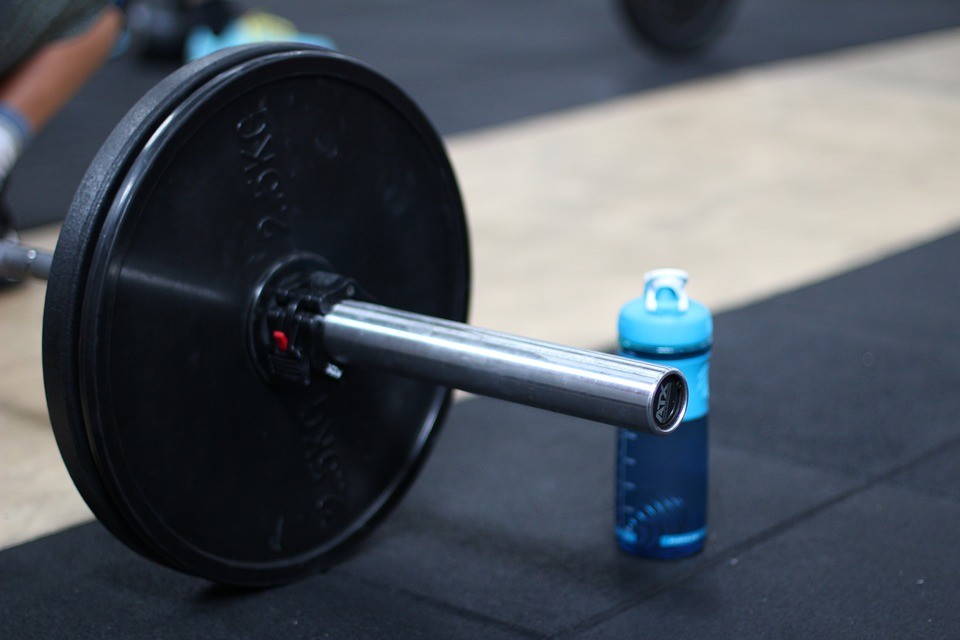
Barbell Workouts for Beginners: A Step-by-Step Roadmap to Strength

Barbell workouts have become a staple in many exercise routines, combining efficiency and effectiveness to build strength and enhance muscular development. This multifaceted fitness tool has evolved from something primarily seen in professional weightlifting settings to mainstream gyms and home workout spaces. Its versatility and ability to cater to a wide range of fitness goals make it a preferred option for both beginners and seasoned athletes alike.
At its core, the barbell is a simple implement—a steel bar with weights attached to its ends. However, the simplicity belies its capabilities. One of the main advantages of using a barbell is its potential for compound movements, exercises that engage multiple muscle groups simultaneously. Classic examples include squats, deadlifts, and bench presses. These movements not only enhance muscle growth but also improve coordination and overall balance.
For those just getting started with barbell workouts, it’s crucial to begin with proper form and technique. Lifting excessive weight without the correct form can lead to injuries, which could impede progress. Beginners should start with lighter weights, practicing various exercises under the guidance of a trained professional or by using resources that provide visual aids. As comfort and strength increase, so can the weights and complexity of the exercises.
In addition to building strength, barbell workouts offer significant metabolic and cardiovascular benefits. The intensity involved in lifting heavy weights can elevate heart rate, aiding in calorie burning and fat loss. Moreover, incorporating variations like high-rep lightweight sets or explosive lifts like cleans can add a cardio element to your strength routine.
In recent years, the rise of functional training has emphasized the importance of barbell workouts. These exercises mimic everyday movements, enhancing not only sports performance but also everyday functionality. For example, lifting a heavy grocery bag or picking up a toddler becomes easier with the kind of strength gained from barbell training.
Tracking progress is another reward of barbell workouts. Keeping a record of reps, sets, and weights can highlight improvements over time, providing both motivation and goals for further enhancement. In this digital age, numerous apps can facilitate tracking and offer workout plans that suit individual needs.
Conclusion
Barbell workouts provide a comprehensive and dynamic approach to fitness, accommodating various goals whether they be strength enhancement, fat loss, or improved functional ability. By prioritizing correct form, progressively challenging oneself, and maintaining a consistent routine, the benefits of barbell workouts can be fully realized.
FAQs
1. Can I perform barbell workouts at home?
Absolutely. With a simple setup of a barbell, adjustable weight plates, and a barbell rack, many exercises can be done safely and effectively at home.
2. How often should I include barbell workouts in my routine?
This depends on your specific goals. For strength training, 2-3 days per week focusing on different muscle groups each session can be effective.
3. Are barbell workouts suitable for weight loss?
Yes, they can support weight loss through calorie burning and enhancing muscle mass, which in turn increases resting metabolic rate.
4. Can beginners start with barbell workouts?
Yes, but it’s advised to learn proper techniques first, possibly starting with bodyweight and dumbbell exercises before transitioning to a barbell.
For further insights and inspiration, consider visiting external resources such as this Tumblr link.
Barbell workouts are a fundamental component of strength training, renowned for their ability to engage multiple muscle groups simultaneously, leading to improved strength and muscle mass. Utilizing a metal bar fitted with removable weights for adjustable resistance, these workouts encompass a range of exercises such as squats, deadlifts, bench presses, and overhead presses. This versatility enables athletes to target various parts of the body, enhancing overall physical conditioning, balance, and coordination. Barbell training is also favored for its scalability, making it suitable for both beginners and advanced lifters who seek progressive overload. By allowing for gradual increases in weight, barbell workouts effectively challenge the muscles, stimulating growth and adaptability. Moreover, they can be easily integrated into diverse fitness routines, whether for bodybuilding, powerlifting, or general fitness, providing a comprehensive approach to strength development.






















